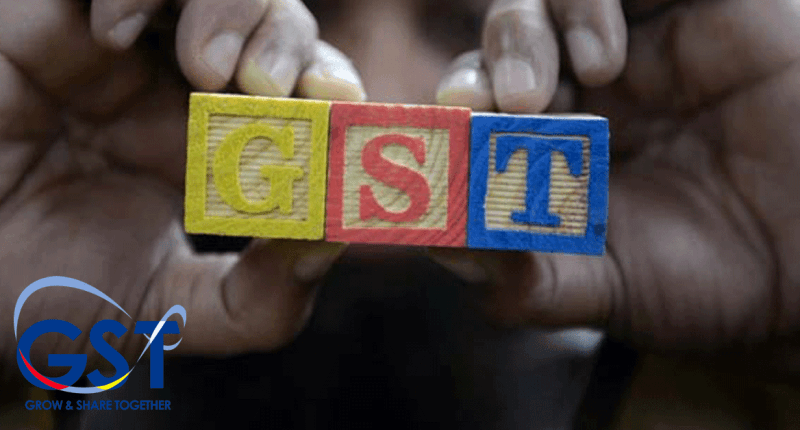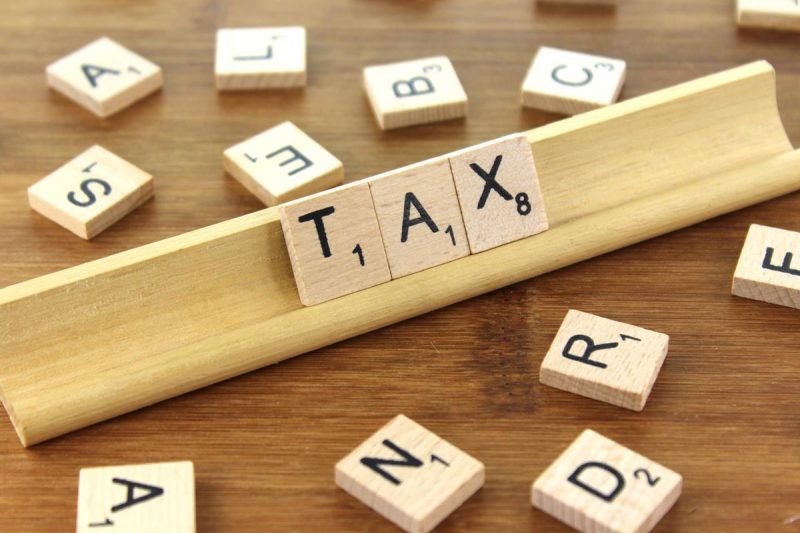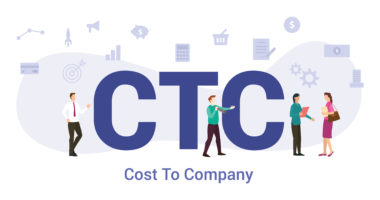1. Is it required to generate a dynamic QR code for invoices issued to a person who has obtained a Unique Identity Number under Section 25(9) of the Central Goods and Services Tax (CGST) Act 2017?
Answer: First, let’s understand the provisions of Section 25(9) of the CGST Act. According to Section 25(9),
- A specialised agency of the United Nations Organisation, or
- A multilateral financial institution and organisation notified under the United Nations (Privileges and Immunities) Act, 1947, or
- A consulate or embassy of any foreign country, or
- Any other person or class of persons notified by the commissioner,
will be granted a Unique Identity Number (UIN) for such purposes prescribed under the CGST Act. A person who has obtained this UIN is not a ‘registered person’ under the CGST Act 2017.
Therefore, any invoice issued to a person having a UIN is considered a B2C supply, and hence the supplier is required to comply with dynamic B2C QR code requirements.
2. If the UPI ID of the payee/person collecting money is linked to their bank account, then should the bank account and IFSC details be provided separately in the dynamic QR code along with the UPI ID?
Answer: If the UPI ID of the payee/person collecting money is linked to a specific bank account, then bank account and IFSC details need not be provided separately in the dynamic QR code.
3. In certain cases, the payments may be collected by a person other than the supplier but authorised by the supplier. For example, e-commerce operators. Can the authorised person’s UPI ID be provided in place of the supplier’s UPI ID in such cases?
Answer: Yes. If the payment is being collected by another person who the supplier has authorised, then the UPI ID of such person may be provided in the dynamic QR code instead of the UPI ID of the supplier.
4. In some cases, the merchant/supplier has already received part payment before the dynamic QR code is generated. This is either by way of advance or by adjustment, such as vouchers, discount coupons, etc. What is the amount that needs to be provided in the dynamic QR code against ‘invoice value’ in these cases?
Answer: The purpose of a dynamic QR code is to enable the customer to scan and pay the amount to the merchant/supplier for the said supply. If part payment has already been received from a customer, the QR code may only provide the remaining amount payable against ‘invoice value’. The details of the total invoice value and the details/cross-reference of the part payment and the remaining amount payable should be provided on the invoice.
For any clarifications/feedback on the topic, please contact the writer at athena.rebello@cleartax.in

I’m a Chartered Accountant by profession and a writer by passion. ClearTax lets me be both. I love travel, hot tubs, and coffee. I believe that life is short, so I always eat dessert first. Wait.. life is also too short to be reading bios… Go read my articles!





